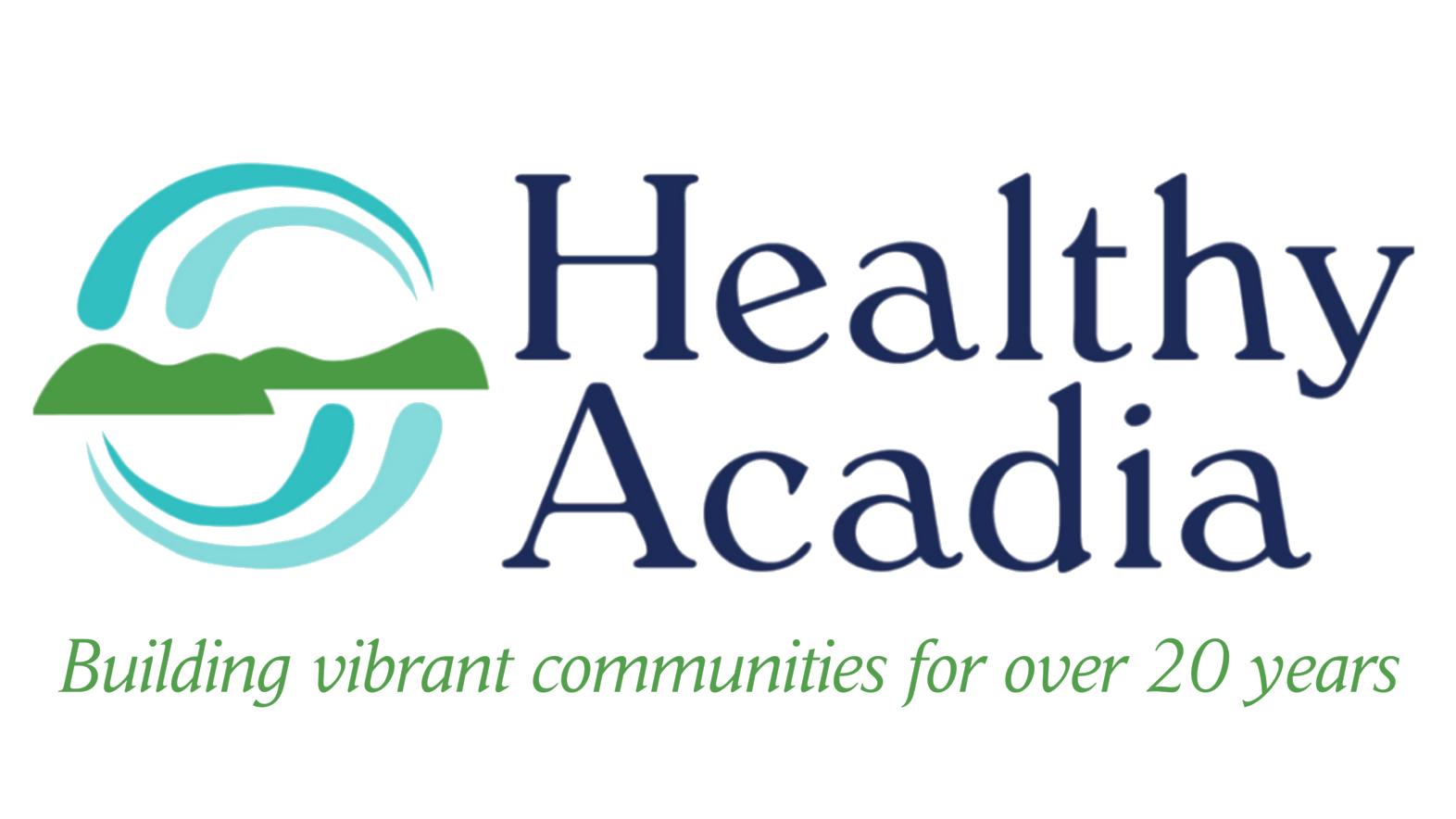Chickenpox: Symptoms, Treatment, and Prevention
Contributed by Audra Stewart-Gordon, Community Health and Communications Coordinator
Chickenpox, caused by the Varicella-Zoster Virus (VZV), is a highly contagious viral infection that primarily affects children but can also occur in adults. Understanding the symptoms, treatment options, and prevention measures is essential in managing this common childhood illness.
Chickenpox Symptoms and Phases
The hallmark symptom of chickenpox is the development of a characteristic rash, which typically appears 10 to 21 days after exposure to the virus. However, before the rash emerges, individuals may experience other symptoms such as
Fever
Loss of appetite
Headache
Tiredness and a general feeling of being unwell.
Once the chickenpox rash appears, it goes through three phases:
Raised bumps called papules, which break out over a few days.
Small fluid-filled blisters called vesicles, which form in about one day and then break and leak.
Crusts and scabs, which cover the broken blisters and take a few more days to heal.
These phases can last for approximately 5 to 10 days, during which new bumps may continue to appear. You may have bumps, blisters, and scabs at the same time. Individuals can spread the virus up to 48 hours before the rash appears and remain contagious until all blisters have crusted over.
When to Seek Medical Attention
While chickenpox is typically a mild illness, certain circumstances warrant medical attention. If you suspect you or your child has chickenpox, it's essential to contact a healthcare provider for evaluation.
Seek medical advice if:
The rash spreads to one or both eyes.
The rash gets very warm or tender. This might be a sign that the skin is infected with bacteria.
You have more serious symptoms along with the rash. Watch for dizziness, new confusion, fast heartbeat, shortness of breath, shakiness, loss of the ability to use muscles together, a cough that becomes worse, vomiting, stiff neck, or a fever higher than 102 F (38.9 C).
You live with people who've never had chickenpox and haven't gotten the chickenpox vaccine yet.
You or someone in your household is pregnant.
You live with someone who has a disease or takes medicines that affect the immune system.
Prevention through Vaccination
The most effective way to prevent chickenpox is through vaccination. In the United States, the Centers for Disease Control and Prevention (CDC) recommends the Varicella vaccine, administered in two doses for optimal protection. The vaccine is safe and highly effective, with over 90% efficacy in preventing illness. Two types of vaccines are available: Varivax and ProQuad (MMRV), both approved for use in different age groups. Varicella vaccination is typically included in the routine immunization schedule for children, but catch-up doses are available for older individuals who haven't been vaccinated previously.
It's important to note that individuals should not receive the chickenpox vaccine if they are pregnant. However, vaccination before pregnancy or during the postpartum period is safe and recommended. Consulting a healthcare provider is essential to determine the appropriateness of vaccination for oneself or one's child.
Chickenpox, though usually mild, can cause discomfort and complications, particularly in vulnerable populations. Understanding its symptoms, seeking timely medical attention when necessary, and ensuring vaccination are crucial steps in managing and preventing the spread of this contagious illness.
For more information about chickenpox, visit the CDC website: https://www.cdc.gov/chickenpox/index.html
